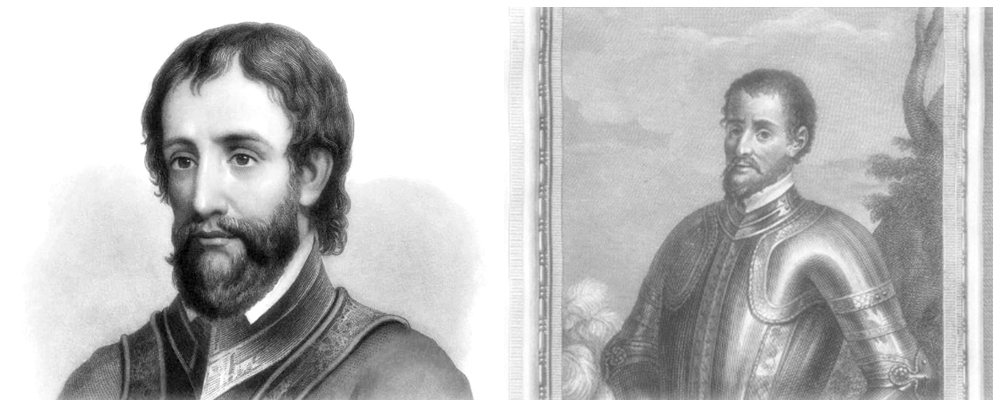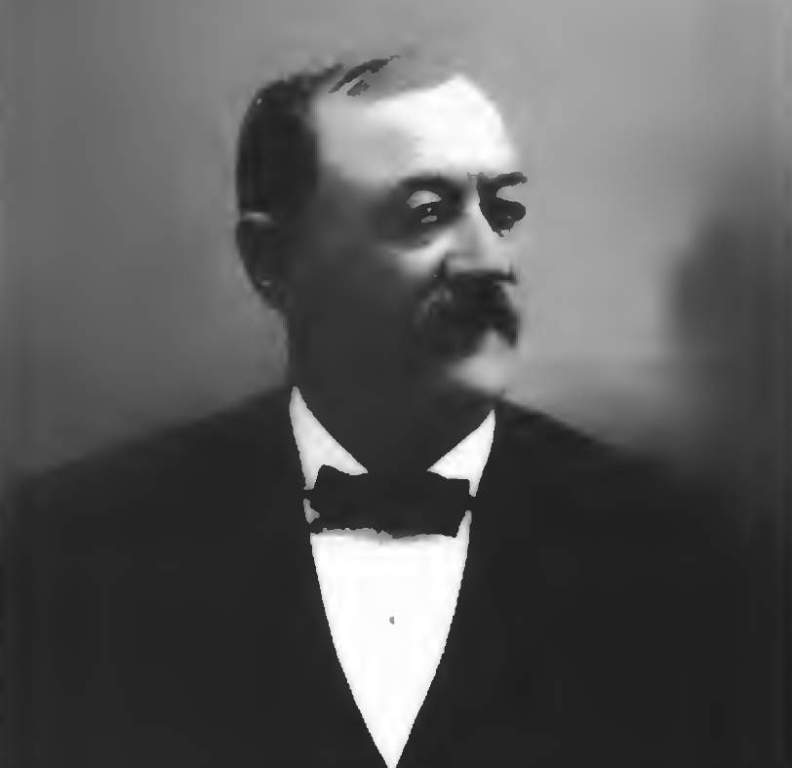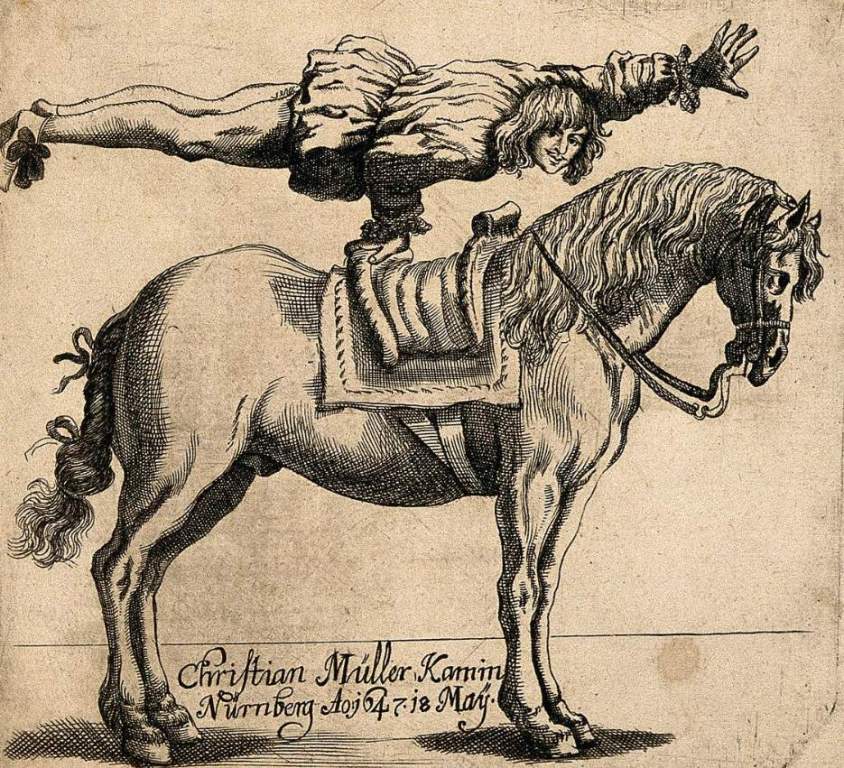The character of Hernando de Soto has alternated between that of a vicious murderer and that of a noble adventurer. Around 1500, he was born to Francisco Mendez de Soto, a distinguished Jerez de los Caballeros nobleman, and Doña Leonor Arias Tinoco, a noblewoman from the city of Bajadoz. There is little information about his life in Spain. He gained fame for his role in the Spanish conquest of the Americas. Hernando de Soto became involved in the conquest of Panama at the age of 14, when he joined Pedro Arias de Vila’s expedition. Nine years later, he raided villages for food, gold, and slaves.
In 1523, de Soto assisted Cordoba’s conquest of Nicaragua alongside Juan Ponce de León. De Soto received land in Nicaragua, mining interests, Native American laborers, and slaves in return for his services. His small fortune in shipping and slave trading made him one of the wealthiest men in León, Nicaragua, by 1530.

As part of the conquest of Peru in 1530, de Soto further increased his fortune. From 1534 to 1535, Hernando de Soto served as lieutenant governor of Cuzco. Once he returned to Spain, he unsuccessfully sought to assume leadership of various South American and Central American territories. When de Soto married Isabel de Bobadilla, whose father de Soto fought under in Panama, he married into a family with extensive Central American connections.
He eventually received a royal contract to explore the interior of La Florida, which included most of the southeastern United States. In May 1539, de Soto landed at Tampa Bay at the head of a column of 600 men and 240 horses, bringing rumors that precious gold and gems could be found there. Over the next few years, De Soto’s party explored the American Southeast and exploited its Native American inhabitants. The Mississippi River was found in May 1541 by Spanish explorer Hernando de Soto, and it was located somewhere south of Memphis. On its way north, his party plundered native settlements in Florida two years earlier. The general outline of the Hernando de Soto route is as follows, though scholars continue to debate its exact details.
De Soto’s party followed the Gulf Coast of Florida, crossed the Smoky Mountains in North Carolina and Tennessee, traveled through Georgia and South Carolina, headed south via Georgia and Alabama, and finally headed west through Mississippi and Arkansas.
In addition, his party explored Texas, Mississippi, and Louisiana following de Soto’s demise. The tactics used by De Soto were harsh and effective. For adequate provisions as well as to ensure safe passage through hostile territory, he captured several prominent Native Americans and held them hostage, regardless of what kind of welcome he received.
There was a rapid change for Native Americans in the Southeast in the 1530s and 1540s, due to a decline of larger polities (Mississippi chiefdoms) and the formation of modern tribal identities. He marched through the Southeast, bringing Native American cultures to the point of conquest as he capitalized on the shifting political landscape. For sport, De Soto hunted Native Americans, fed them to dogs, and severed the hands and noses of those who refused to cooperate.
There were several ways in which Native Americans resisted Hernando de Soto in the Southeast. To resist an expedition, most people abandoned towns and engaged in guerrilla tactics. While Native American resistance slows de Soto’s progress and weakens his force, it does not stop him. De Soto’s weaponry and resolve to suppress native peoples drove the party along a trail spanning hundreds of kilometers. The ravaged fields, empty storehouses, and charred villages that de Soto and his men left behind are a testament to the shattered lives, broken bodies, and destroyed lives of de Soto and his men.
The journey of Hernando de Soto was not without setbacks, however. When Tuscaloosa attacked de Soto at Mabila, in central Alabama, both sides suffered significant casualties. The Gulf of Mexico and safety were within reach for De Soto. The remnants of his army continued to fight on even though he had not found the massive fortune he sought. Chickasaw’s surprise attack further weakened De Soto’s army.
It was in May 1542 that Hernando de Soto passed away. Apparently, in an effort to convince local natives that he was not human, his body was sunk in the Mississippi River. During his expedition from 1539 to 1542, De Soto laid the groundwork for Spanish exploration and colonization of the American Southeast. It also demonstrated to the native populations of the region the horrors of European civilization.
Read More: Olaudah Equiano’s Interesting Life Story







